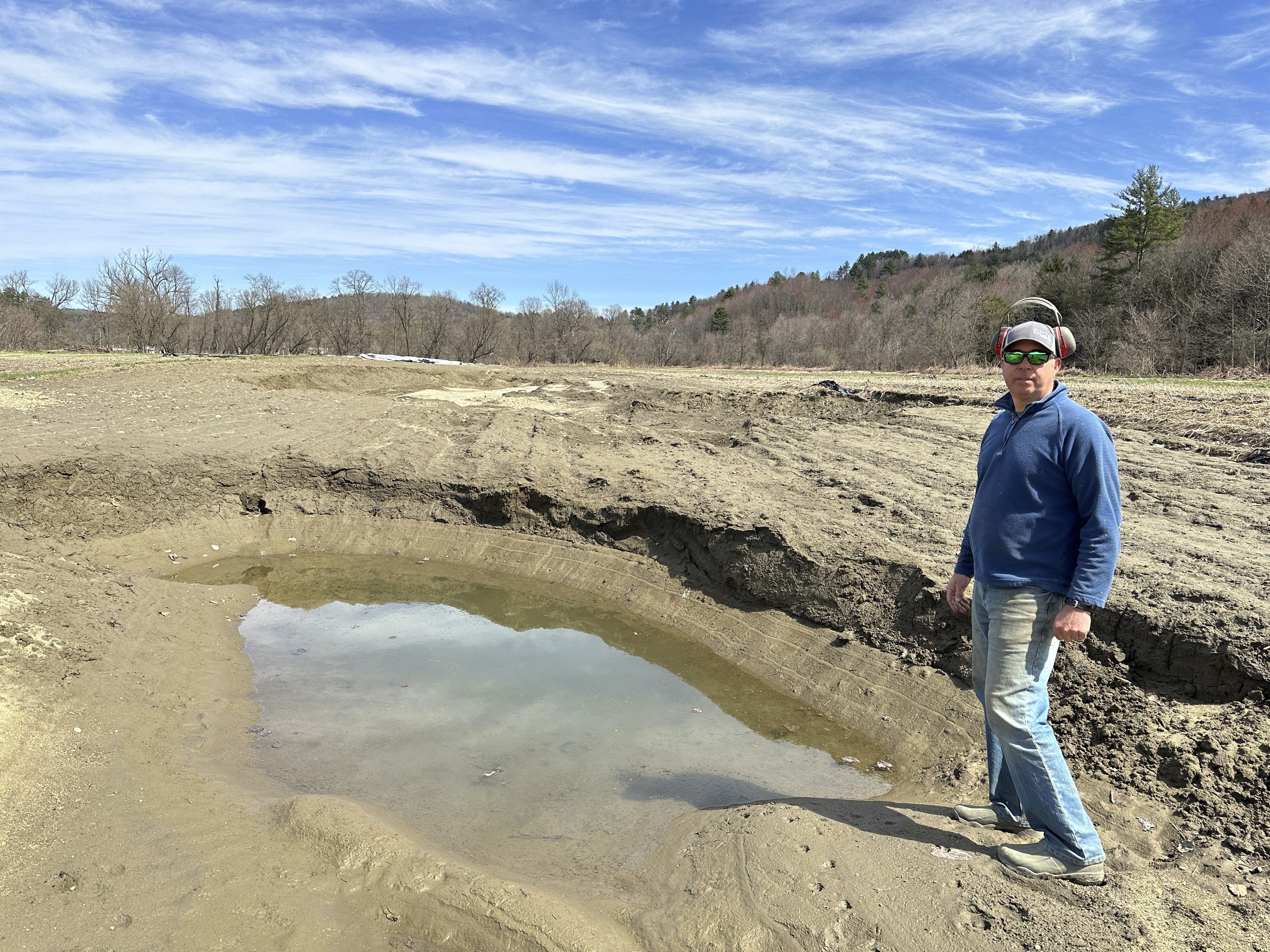Dairy farmers in Vermont and around the country are feeling the pain of a slump in milk prices.
"It's a bit difficult," said Bill Rowell, a farmer in Sheldon, Vermont.
Right now, Rowell said he is spending more money feeding his cows, powering his equipment, and paying his farmhands than the price he's getting in return from companies that'll bottle the milk from his Green Mountain Dairy and from other farms across the region.
"There's too much milk on the world market," Rowell explained. "And we have every country in the world that produces milk over-producing to keep their cash flow up."
Prices paid to farmers have been in a slump for several months.
Dairy pricing is complex, but a big reason behind the decline is a glut of milk both in the United States and in Europe. Additionally, the strong value of the U.S. dollar is making it tougher for American farms to export their products.
Rowell said a decline in purchases from China and a reluctance by Russia to trade with European nations are also changing the global milk market.
Vermont
The latest news from around the state
"But we'll get through it," Rowell told necn. "We've gotten through it before, and we'll get through it again."
Rowell said it costs him around $18 to make 100 pounds of milk, but right now, he can only sell that hundredweight for about $14. The price gap is sure to impact suppliers, contractors, and insurance companies serving Vermont's $2.2-billion a year dairy industry, he noted.
"It's brutal," Rep. Peter Welch, D-Vermont, said of the climate in the dairy business right now.
Welch is pushing changes to a voluntary federal program that provides farmers with cash help when margins on their milk shrink due to fluctuations in prices compared to feed costs. Many farmers have complained the safety net just isn't working.
"It's a complete failure," Les Pike of Keewaydin Farm in Stowe told the Associated Press last month. "If it doesn't pay in a year like this, it's completely useless."
The AP reported farmers like Pike are disappointed the margin protection program is not based on Northeast feed costs, but on the national average feed cost, which is less. The chairman of the National Milk Producers Federation testified in Washington earlier this year that the program needs improvements.
Legislation introduced in the U.S. House by Rep. Welch, Rep. Chris Gibson, R-New York, Rep. Joe Courtney, D-Connecticut, would amend the Farm Bill to require the Secretary of Agriculture to use data from each state to calculate average feed costs and dairy production margins for the insurance program.
Welch acknowledged there is resistance in Congress to reopening the Farm Bill before it expires. The current Farm Bill was passed in 2014 and expires in 2018, his office said.
"Every time we get in this cycle and the price and cost are upside-down, we lose more farms," Welch said Tuesday. "This is very, very tough on Vermont dairy."
Rowell said some forecasts have shown prices for fluid milk may rebound a bit this fall, but he said the big question will be by how much they bounce back.



